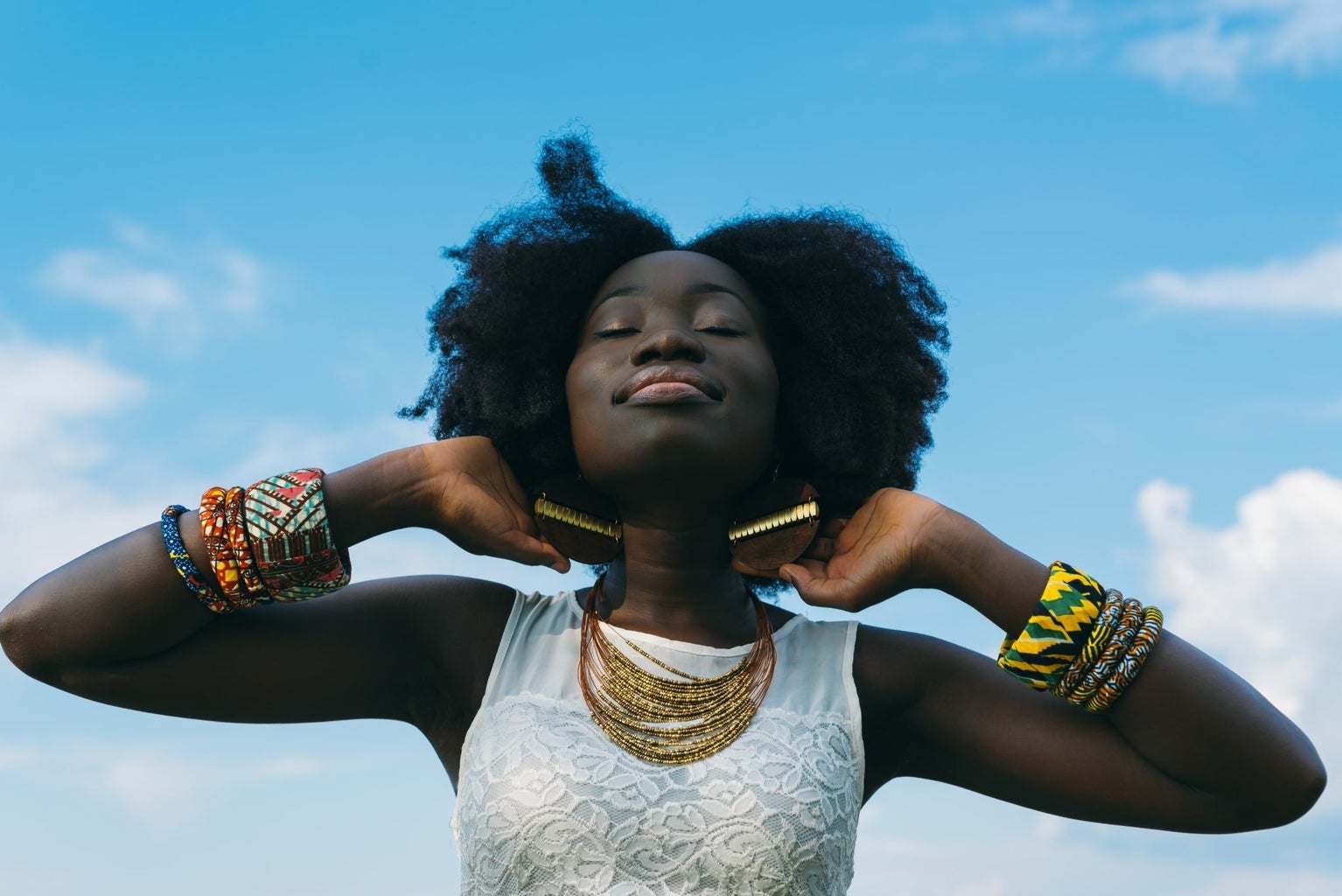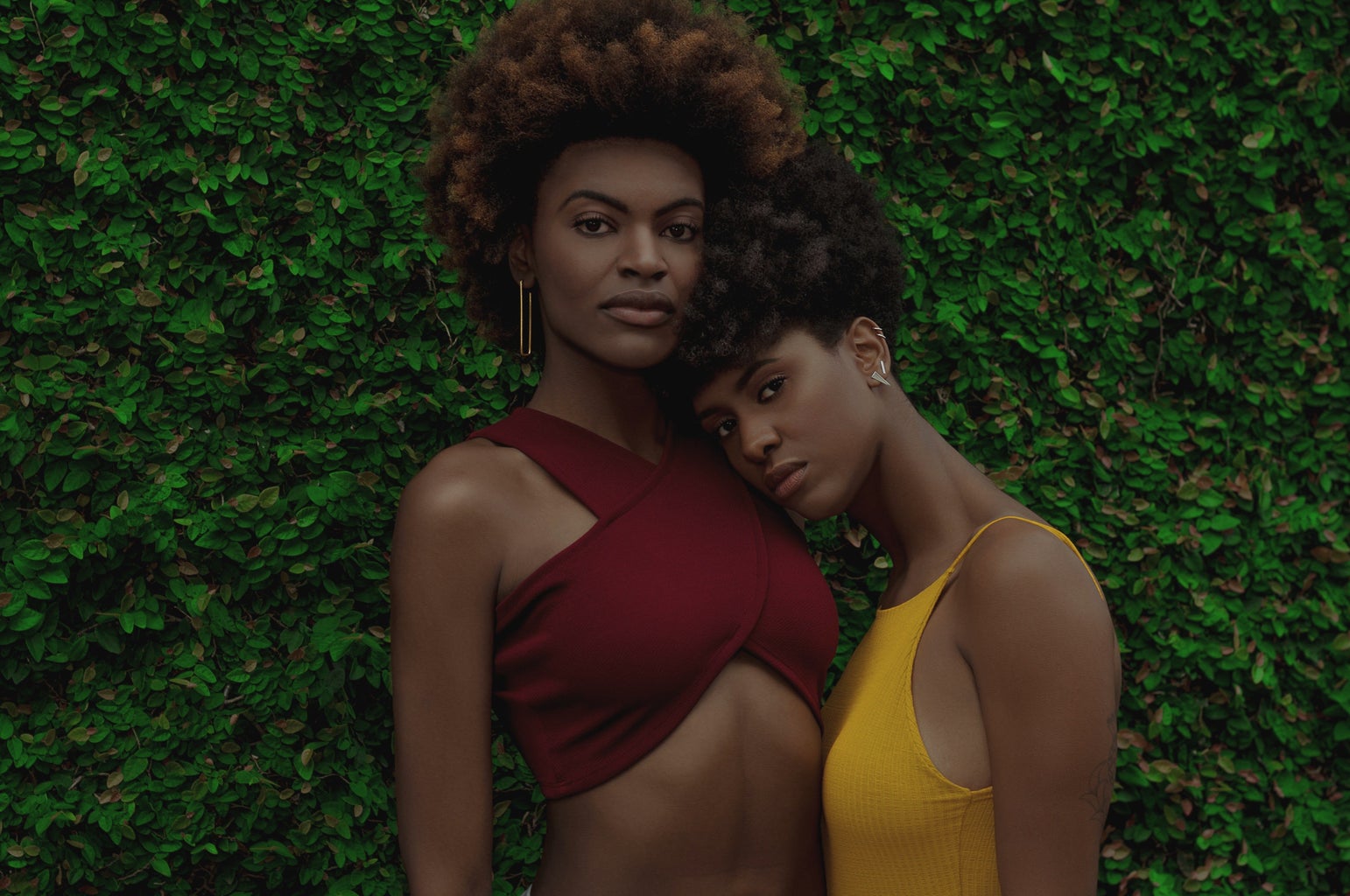“Being a black artist, the first thing people want to talk about is your blackness, the importance of your blackness and your black presence.” –Toyin Odutola
As a freshman in the VCU Art Foundation program, I have found that just in the few weeks of my first semester, I have been exposed to a wide variety of work, styles, designs and ideas. I have always enjoyed and appreciated broader thinking and the discussion of ideas over facts, mostly because I have a bad memory and notoriously struggle with art history. My teachers have made it a point to challenge the usual ways we interpret art and to look for deeper meaning than the cultural symbols we have come to accept, such as what certain colors mean in our culture and society. My teachers have always allowed me and my peers to see a work for whatever we want it to be—except for when it comes to black art. More than a few times, my teachers have needlessly discussed the contributions of a black artist to their communities, the ways that their artwork ties into their racial struggles, and their identity as a black artist. While these things are a large part of the artist identity, I often wonder would it be possible to examine black artists without the pre context of their race and allowing that to solely influence our interpretation of their work.
Many artists draw from the impacts of their history and their familial roots to enhance their works, but black artists often experience the expectation that their heritage be a major influence. Throughout history, black artists have used it as a way to cope with their struggles and to spark change. Jacob Lawrence used his work to show plantation life and contemporary black life, Romare Bearden utilized collage and a range of mediums to showcase the rising 1920’s black jazz scene and Kehinde Wiley, a more recent artist, re-imagines black men and women as the subject of famous works. These artists’ creations, and many like them, have paved the way for the discussion of social justice on a larger platform and the promotion of talent that would otherwise have been ignored. Even in music, artists like Sister Rosetta Tharpe and Billy Holiday used their catchy tunes and powerful vocals to allow a spotlight to be shown on black musicians and help create important musical genres, such as blues, jazz and rock and roll. The history and significance of black artists should always be appreciated and recognized by future black generations because of how they have allowed for the continued success and recognition they continue to gain today.




